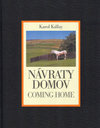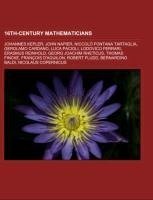
16th-century mathematicians
Source: Wikipedia. Pages: 96. Chapters: Johannes Kepler, John Napier, Niccolò Fontana Tartaglia, Gerolamo Cardano, Luca Pacioli, Lodovico Ferrari, Erasmus Reinhold, Georg Joachim Rheticus, Thomas Fincke, François d'Aguilon, Robert Fludd, Bernardino Baldi,... Viac o knihe
Produkt je dočasne nedostupný
22.00 €
bežná cena: 25.00 €
O knihe
Source: Wikipedia. Pages: 96. Chapters: Johannes Kepler, John Napier, Niccolò Fontana Tartaglia, Gerolamo Cardano, Luca Pacioli, Lodovico Ferrari, Erasmus Reinhold, Georg Joachim Rheticus, Thomas Fincke, François d'Aguilon, Robert Fludd, Bernardino Baldi, Nicolaus Copernicus, Edward Wright, Robert Hues, John Dee, François Viète, Valentin Naboth, Thomas Harriot, Pedro Nunes, Nilakantha Somayaji, William Oughtred, Thomas Blundeville, Francesco Maurolico, Adam Ries, Jye¿¿hadeva, Rafael Bombelli, Oronce Finé, Jacques Pelletier du Mans, Petrus Apianus, Jost Bürgi, Thomas Lydiat, Juan Bautista Villalpando, Ignazio Danti, Thomas Digges, Leonard Digges, Scipione del Ferro, Petrus Ryff, Christian Wurstisen, Robert Recorde, Edward Brerewood, Giambattista Benedetti, Johann Faulhaber, Michael Maestlin, Gemma Frisius, Giovanni Antonio Magini, Walter Warner, Al-Birjandi, David Gans, Guidobaldo del Monte, Herwart von Hohenburg, Marin Getaldic, Nathaniel Torporley, James Bassantin, William Bedwell, Humphrey Baker, Guðbrandur Þorláksson, Michael Stifel, Daniel Santbech, William Bourne, Christoph Rudolff, Estienne de La Roche, Philipp Apian, Paul Guldin, Ludolph van Ceulen, Friedrich Risner, Vavrinec Benedikt z Nedozier, Adriaan van Roomen, Henricus Grammateus, Pietro Cataldi, Christopher Wursteisen, Johannes Acronius Frisius. Excerpt: Nicolaus Copernicus (German: ; Italian: ; Polish: ; in his youth, Niclas Koppernigk; 19 February 1473 - 24 May 1543) was a Renaissance astronomer and the first person to formulate a comprehensive heliocentric cosmology which displaced the Earth from the center of the universe. Copernicus' epochal book, De revolutionibus orbium coelestium (On the Revolutions of the Celestial Spheres), published just before his death in 1543, is often regarded as the starting point of modern astronomy and the defining epiphany that began the scientific revolution. His heliocentric model, with the Sun at the center of the universe, demonstrated that the observed motions of celestial objects can be explained without putting Earth at rest in the center of the universe. His work stimulated further scientific investigations, becoming a landmark in the history of science that is often referred to as the Copernican Revolution. Among the great polymaths of the Renaissance, Copernicus was a mathematician, astronomer, physician, quadrilingual polyglot, classical scholar, translator, artist, Catholic cleric, jurist, governor, military leader, diplomat and economist. Among his many responsibilities, astronomy figured as little more than an avocation-yet it was in that field that he made his mark upon the world. Torun birthplace (ul. Kopernika 15, left). Together with the house at no. 17 (right), it forms the Muzeum Mikolaja Kopernika.The oldest biography of Nicolaus Copernicus was completed on 7 October 1588 by Bernardino Baldi. Nicolaus Copernicus was born on 19 February 1473, in the city of Thorn (Torun) in Royal Prussia, part of the Kingdom of Poland. His father was a merchant from Kraków and his mother was the daughter of a wealthy Torun merchant. Nicolaus was the youngest of four children. His brother Andreas (Andrew) became an Augustinian canon at Frombork (Frauenburg). His sister Barbara, named after her mother, became a Benedictine nun and, in her final years (she died after 1517), priore
- Vydavateľstvo: Books LLC, Reference Series
- Formát: Paperback
- Jazyk:
- ISBN: 9781155141923


 Anglický jazyk
Anglický jazyk 
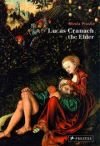


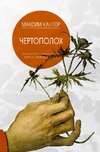
 Ruský jazyk
Ruský jazyk 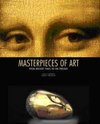

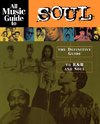

 Nemecký jazyk
Nemecký jazyk 
